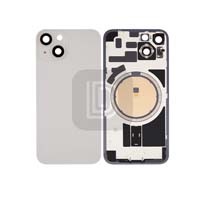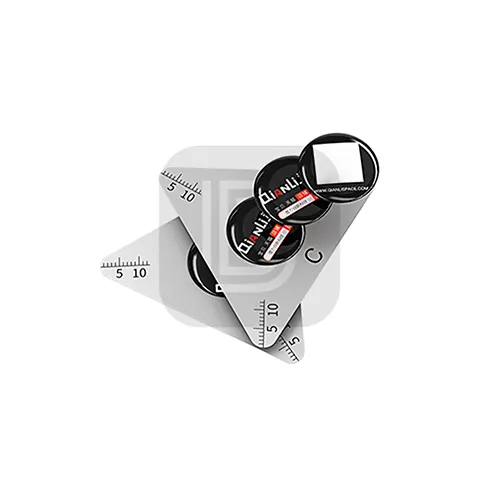What are the categories of screens?
With the continuous development of technology, consumers’ demand for screens is also changing. From TV screens to mobile phone screens, in addition to improving the performance of digital home appliances, manufacturers will also make changes on the screen to let consumers feel the upgrade of the product.
In daily life, the most intuitive screens for users are TVs and mobile phones, which have full screens (mostly LCD panels), curved screens (OLED panels), or folding screens (OLED panels). So, what is the difference between OLED screens and LCD screens? What are the differences between mobile phones and TVs made with them?
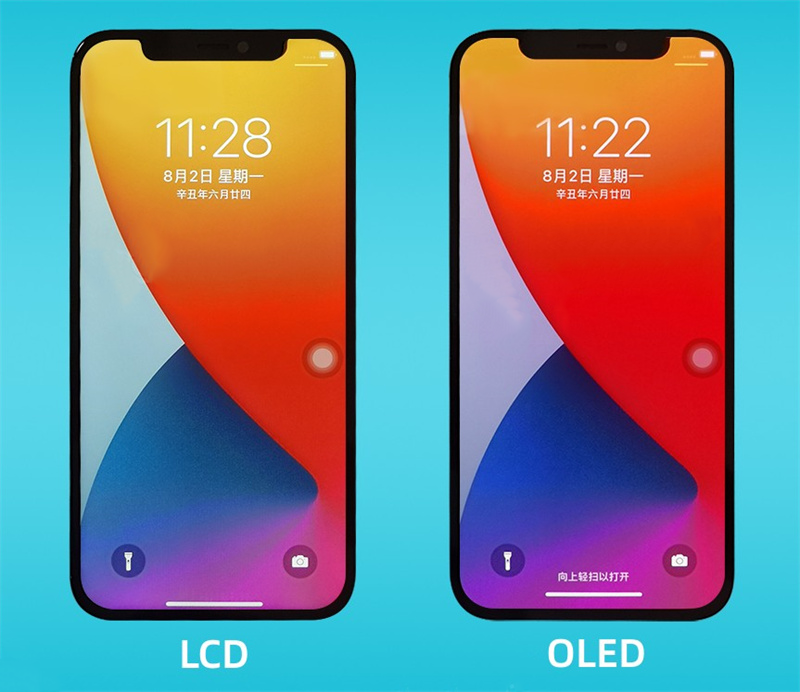
Basic principles of OLED and LCD
Currently, in the flat-panel TV and smartphone technology camp, OLED and LCD are the more common display technologies on the market, and each display technology occupies a certain market share in its own market. Before understanding the difference between OLED and LCD, let’s first understand their basic principles.
First of all, we need to understand the common working principles of these two display technologies. We all know that a screen is composed of countless pixels, which display different colors and combine to form a display screen; each pixel is composed of 3 sub-pixels, namely red (R), green (G), and blue (B), which are the three primary colors. When these three colors are mixed together in different proportions, they can produce rich and colorful colors.
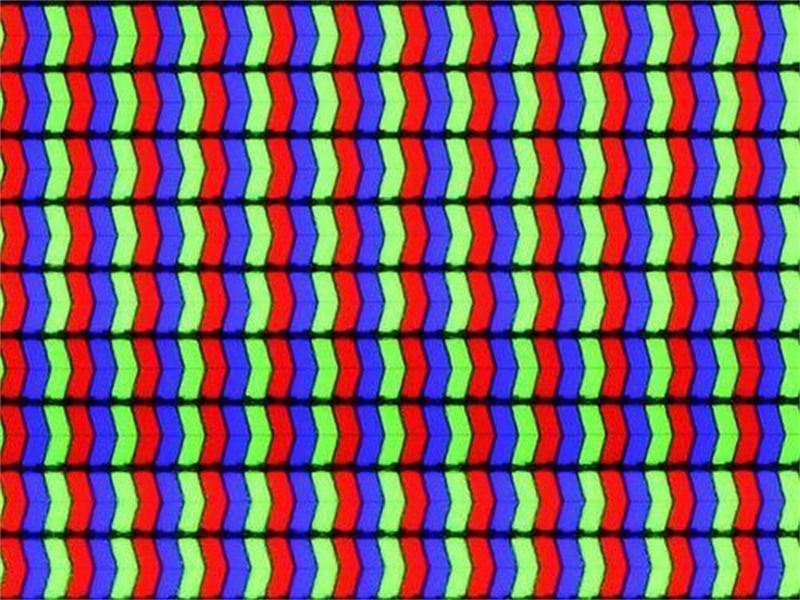
How OLED works

Unlike LCD, OLED has neither backlight nor liquid crystal layer. The diode of OLED (organic light emitting diode) can emit light by itself, and its light intensity is proportional to the current intensity. Therefore, as long as the control current of each sub-pixel is controlled, the proportion of the three primary colors can be controlled to adjust various colors.
OLED can be divided into PMOLED (passive drive) and AMOLED (active drive) according to the driving method. AMOLED originated from Samsung. Each pixel has a TFT (thin film transistor) with a switch. Its driving method is easier to achieve high brightness, high resolution, high color performance, low power consumption and other effects. This type of panel is widely used in consumer electronic products.
PMOLED originated from LG. It has a simple structure and easy process. It can effectively reduce manufacturing costs and has a very fast response speed. It has great development potential in displaying simple micro devices. However, PMOLED will have problems of high power consumption and shortened lifespan, and the product size is also limited to about 5 inches.
Most of the mainstream OLED screens on the market are AMOLED technology.
How LCD works
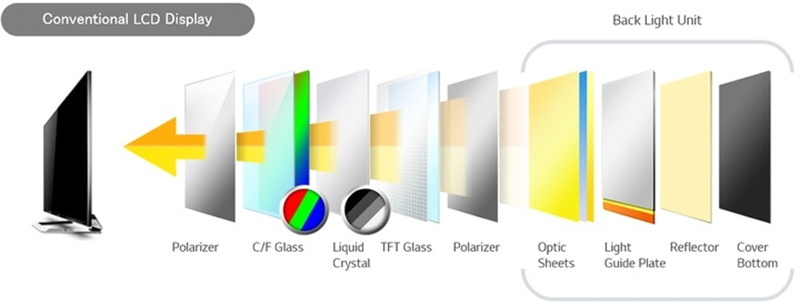
Simply put, the backlight is at the bottom, which is responsible for providing light. In the middle is the liquid crystal layer. Due to the characteristics of liquid crystal molecules, when different voltages are applied to the liquid crystal layer, the arrangement of the liquid crystal molecules will change. In this way, the liquid crystal layer becomes a valve. By controlling the arrangement direction of the liquid crystal molecules, the amount of light passing through the liquid crystal layer can be controlled. The light passing through the liquid crystal layer passes through the color filter (CF) and presents light of the corresponding color. By controlling the ratio of the three colors of red, green and blue in the sub-pixel, the pixel can modulate different light.
Advantages and disadvantages of OLED screen
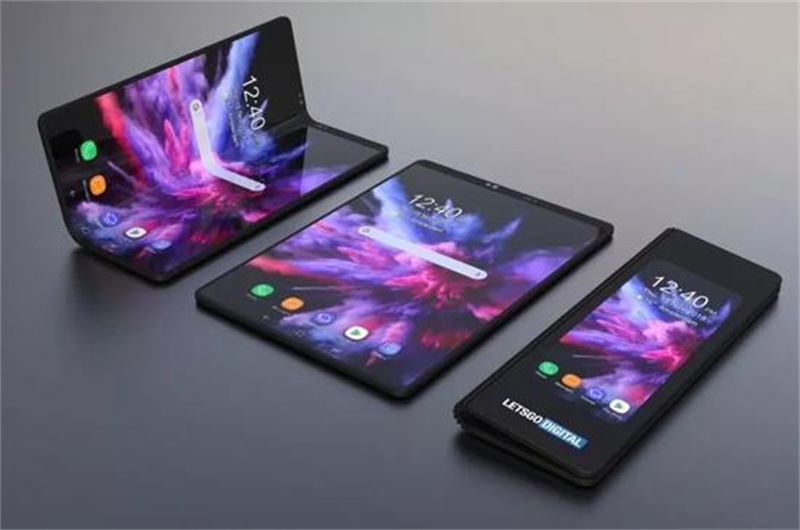
OLED Advantages
1. Curved screen: OLED is a technology designed for the folding screen currently on the market.
2. Very thin: OLED has its own light source, so it does not need to use two layers of glass like LCD, and its thickness is naturally thin.
3. Brightness: OLEDs emit light in such a way that each pixel is independent, so they can be partially lit, rather than fully lit or fully off like LCDs.
4. More power-saving: Because of this light-emitting method, it has an advantage in power consumption.
5. Bright colors: The picture is much more delicate than the LCD screen, and the photos taken will be more beautiful.
OLED Disadvantages
1. Flicker: Because of the dimming method of OLED, it is easy to cause visual fatigue.
2. Short life: Due to the material, the life of OLED pixels is limited, which is also one of the disadvantages of OLED screens.
Advantages and disadvantages of LCD screen
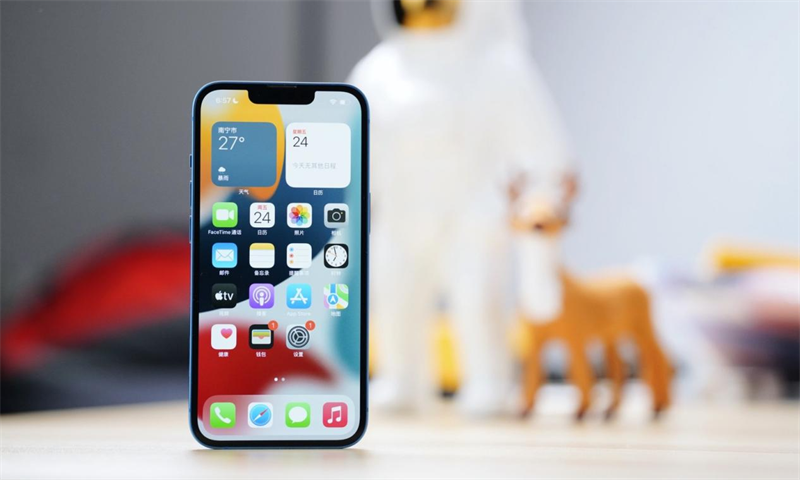
Advantages of LCD
1. Long life: Because LCD has been developed for a long time, you can use it with confidence without worrying about the screen breaking down. LCD is really long-lived.
2. Flicker-free: The backlight source of LCD is an independent white LED backlight panel, which does not flicker, so it is more eye-friendly.
3. Cheap: Because LCD has been developed for a long time, the cost is well controlled. Even a better LCD screen will not be too expensive, especially compared with OLED, it is definitely much cheaper.
Disadvantages of LCD
1. Power consumption: Compared with OLED, LCD does consume a lot more power. It may be that OLED does not consume much power, but in contrast, this disadvantage of LCD is really obvious.
2. Fingerprint recognition: LCD cannot recognize fingerprints, so it is easy to be eliminated by technology because the fingerprint recognition function is very basic.
3. Thickness: Mobile phones will become thinner and thinner, but LCD screens cannot become thinner, so with the emergence of new technologies in the future, LCD screens will really be difficult to continue to appear.
OLED is now better than LCD in many aspects. Although it has defects such as low lifespan and easy visual fatigue, the defects cannot cover up its advantages. Wide viewing angle, high contrast, low power consumption, light weight, foldable, fast effect… These characteristics represent the development direction of mobile phones and mean that OLED will have a broader future.





